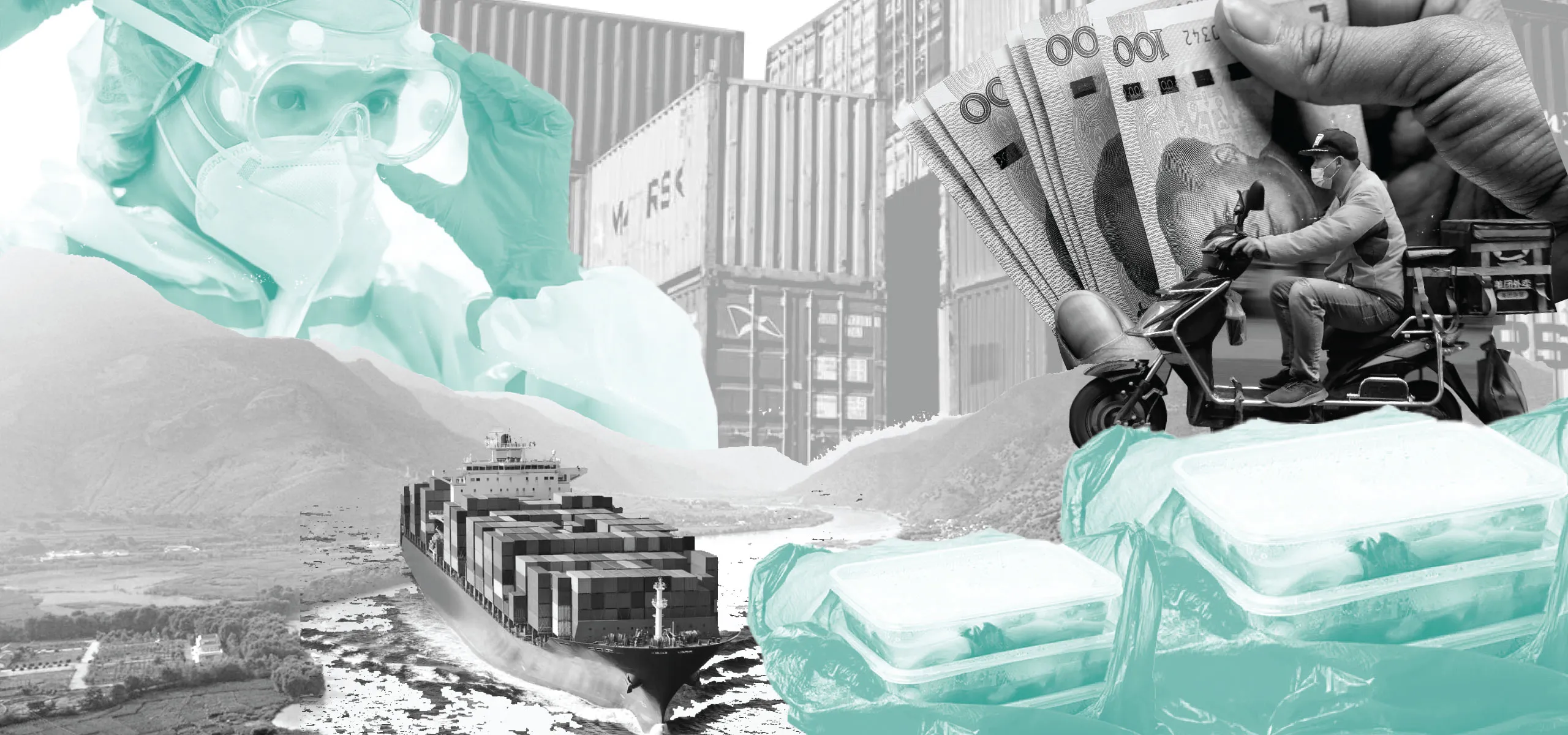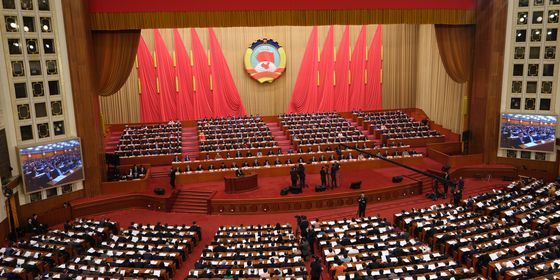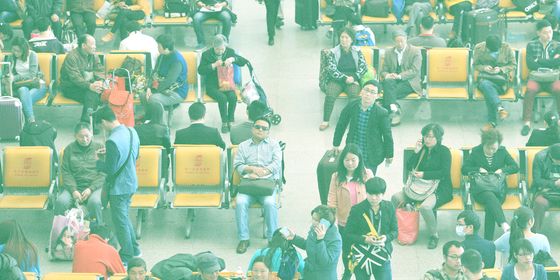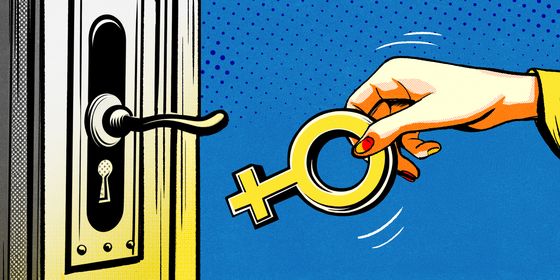Fighting Covid-19 has brought big losses and big profits for different sections of Chinese society
The omicron variant is challenging China’s “dynamic zero” Covid policy in ways unseen since the earliest days of the pandemic in 2020.
Areas worst affected by the latest wave of infections (which amounted to over 8,000 cases nationwide yesterday), such as Jilin province and the city of Shanghai, are seeing severe disruption to public services, medical care, and food supplies. But compared to total lockdown policies enforced in parts of China over the last two years of the pandemic, local governments are now varying their responses: Shanghai through alternating lockdowns in different parts of the city to ensure minimal disruption to the economy.
The pandemic has impacted almost every aspect of life in the country: Schools have taken up online teaching, medical facilities have attempted to treat patients at a distance, takeout delivery drivers have kept residents fed, factories have shut down, and Covid tests and vaccinations have become facts of life.
But what exactly have been the economic and social costs of the pandemic so far? TWOC took a look at a number of industries and fields to see how Covid-19 has created both winners and losers:













